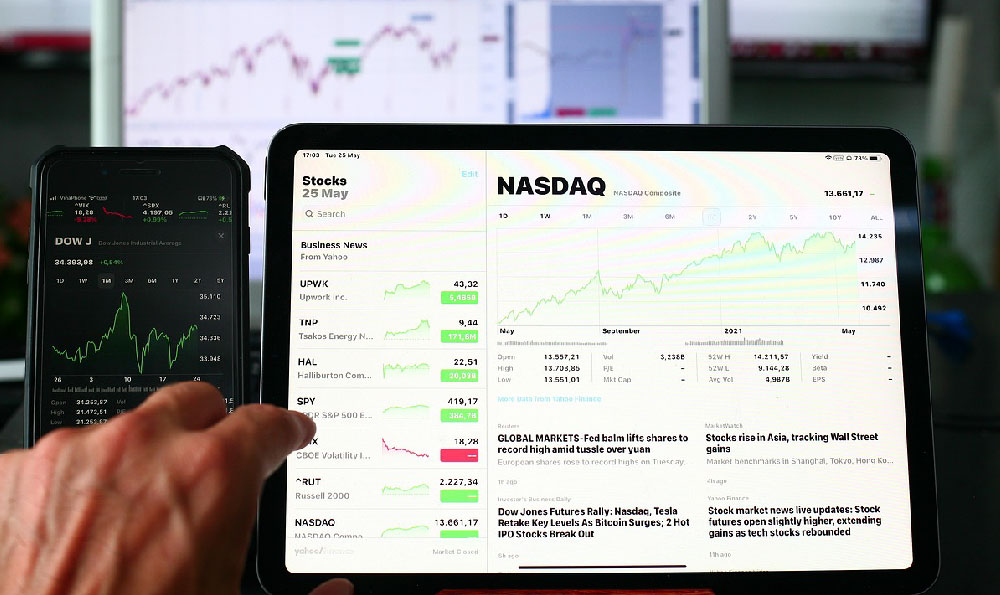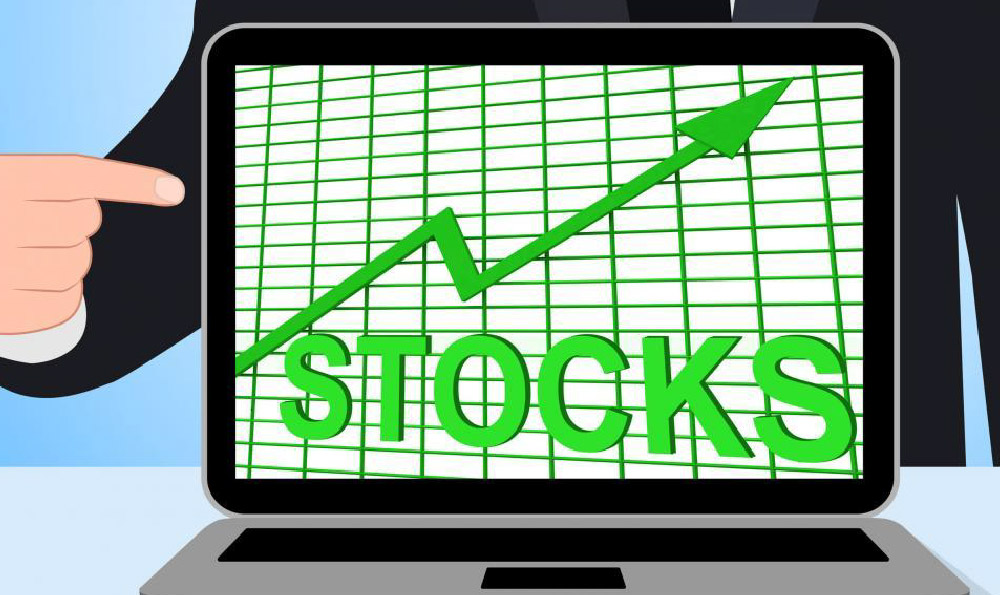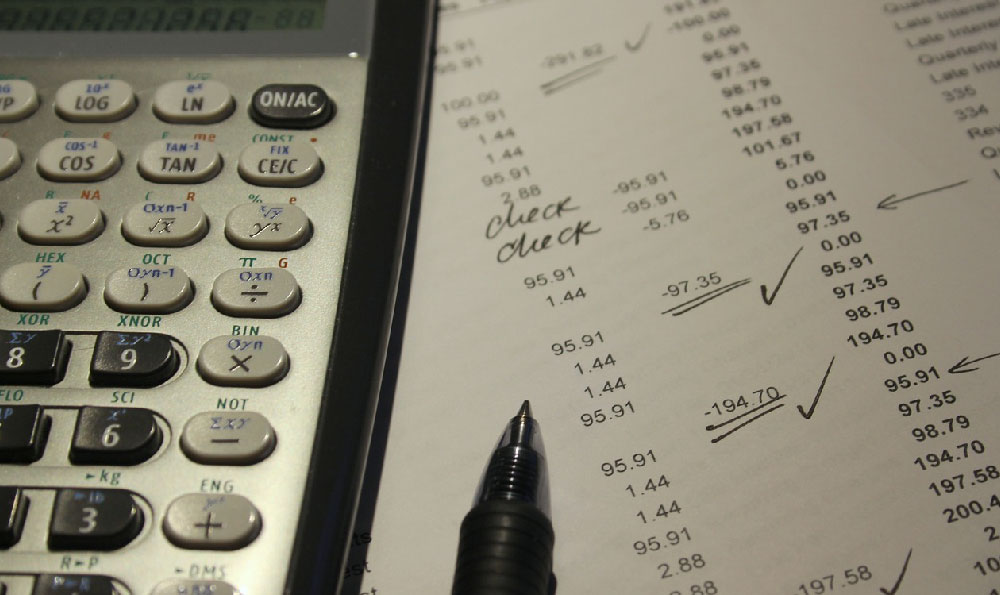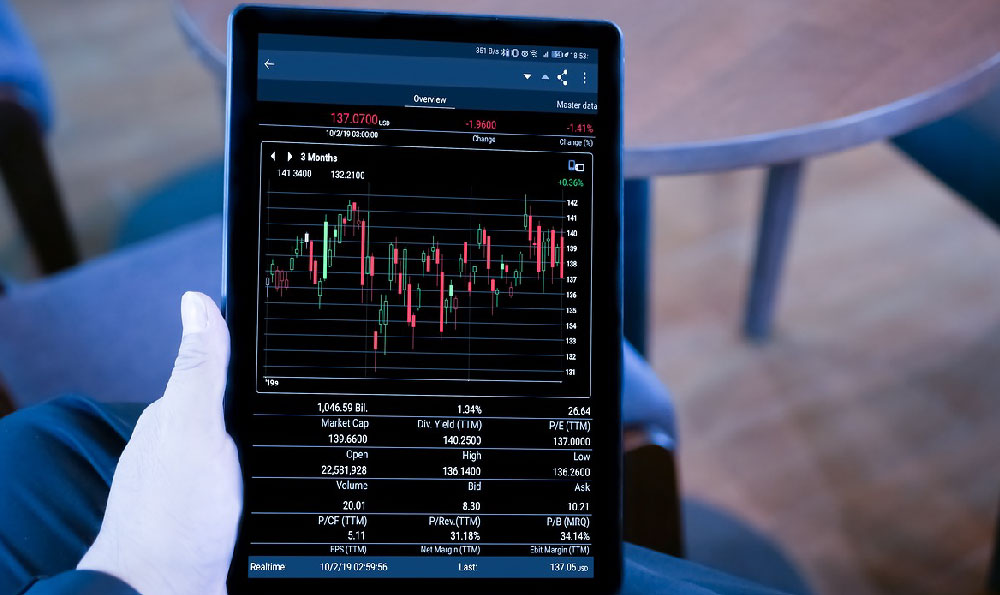The gig economy, with its promise of flexibility and autonomy, has drawn countless individuals seeking to supplement their income or forge a full-time career. Among the most recognizable names in this landscape is DoorDash, a food delivery platform that connects customers with local restaurants. However, the seemingly simple question of "How much do DoorDash drivers earn?" is far more complex than a single dollar figure can convey. It's a multifaceted equation influenced by a variety of factors, ranging from location and time of day to individual work ethic and even acceptance rates.
To understand the real pay of a DoorDash driver, one must dissect the components that contribute to their earnings. The first, and most obvious, element is the base pay offered by DoorDash for each delivery. This base pay is typically relatively low, often falling in the range of $2 to $5 per delivery. It's calculated based on factors like the estimated time, distance, and desirability of the order. Deliveries that are longer, more complex, or occur during peak hours are likely to command a higher base pay.
However, relying solely on the base pay would paint an incomplete and inaccurate picture of a driver's potential earnings. Tips, generously provided by customers, often constitute a significant portion of a driver's income. The amount of a tip can vary wildly, depending on the customer's generosity, the quality of service provided, and the size of the order. In some cases, a driver might receive a small tip, or even no tip at all. On the other hand, a particularly satisfied customer could reward excellent service with a substantial tip, significantly boosting the driver's earnings for that particular delivery.

Beyond base pay and tips, DoorDash occasionally offers additional incentives to drivers. These incentives can take the form of "Peak Pay," which is a bonus added to the base pay during periods of high demand, such as lunch or dinner rushes, or during inclement weather. Peak Pay is designed to incentivize drivers to be available when and where they are most needed, ensuring timely deliveries for customers. Another potential incentive is "Challenges," which are short-term goals that drivers can complete to earn extra money. For instance, DoorDash might offer a challenge to complete a certain number of deliveries within a specific timeframe.
Accounting for all these income streams, the average hourly earnings of a DoorDash driver can fluctuate considerably. Numerous surveys and studies have attempted to quantify this average, but the results vary widely, often ranging from $15 to $25 per hour before expenses. However, it is crucial to remember that these figures are averages, and individual earnings can deviate significantly based on the factors mentioned earlier. A driver working in a densely populated urban area with high demand and generous tipping habits is likely to earn more than a driver working in a rural area with lower demand and less frequent tipping. Similarly, a driver who consistently works during peak hours and accepts a high percentage of delivery requests is likely to earn more than a driver who works sporadically and is selective about the orders they accept.
It's also vital to consider the expenses incurred by DoorDash drivers. Unlike traditional employees, DoorDash drivers are typically classified as independent contractors, which means they are responsible for covering their own operating costs. These costs can include fuel, vehicle maintenance, insurance, and even cell phone data. Fuel expenses can be particularly significant, especially for drivers who cover long distances or work in areas with high gas prices. Vehicle maintenance, including oil changes, tire rotations, and repairs, is another inevitable expense. Insurance costs can also be higher for drivers who use their vehicles for commercial purposes. A driver who fails to account for these expenses when calculating their earnings may overestimate their actual profit.
Furthermore, taxes play a crucial role in determining the net income of a DoorDash driver. As independent contractors, drivers are responsible for paying their own self-employment taxes, which include Social Security and Medicare taxes. These taxes are typically higher than the taxes withheld from the paychecks of traditional employees. Drivers must also keep accurate records of their income and expenses to properly calculate their tax liability. Failing to do so can result in penalties and interest from the IRS. Setting aside a portion of their earnings specifically for taxes is essential for responsible financial management.
Beyond the financial aspects, it's also important to consider the non-monetary factors that influence a driver's experience and job satisfaction. The flexibility of the gig economy is a major draw for many individuals, allowing them to set their own hours and work around their other commitments. However, this flexibility can also come at the cost of job security and benefits, such as health insurance and paid time off, which are typically provided to traditional employees. The unpredictable nature of the work can also be stressful, as drivers must contend with traffic, parking challenges, and demanding customers. Effective time management, route planning, and communication skills are crucial for success.
In conclusion, the real pay of a DoorDash driver is a complex and dynamic figure that depends on a variety of factors. While the platform offers the potential for supplemental income or even a full-time career, it's essential to understand the nuances of the earning structure, account for expenses, and manage taxes effectively. By carefully considering these factors, individuals can make informed decisions about whether DoorDash driving is a viable option for them. Moreover, prospective drivers should conduct thorough research in their local market to assess demand, competition, and average earning potential before committing to the platform. The promise of flexibility and autonomy is appealing, but a realistic assessment of the financial realities is crucial for ensuring a positive and sustainable experience in the gig economy.











